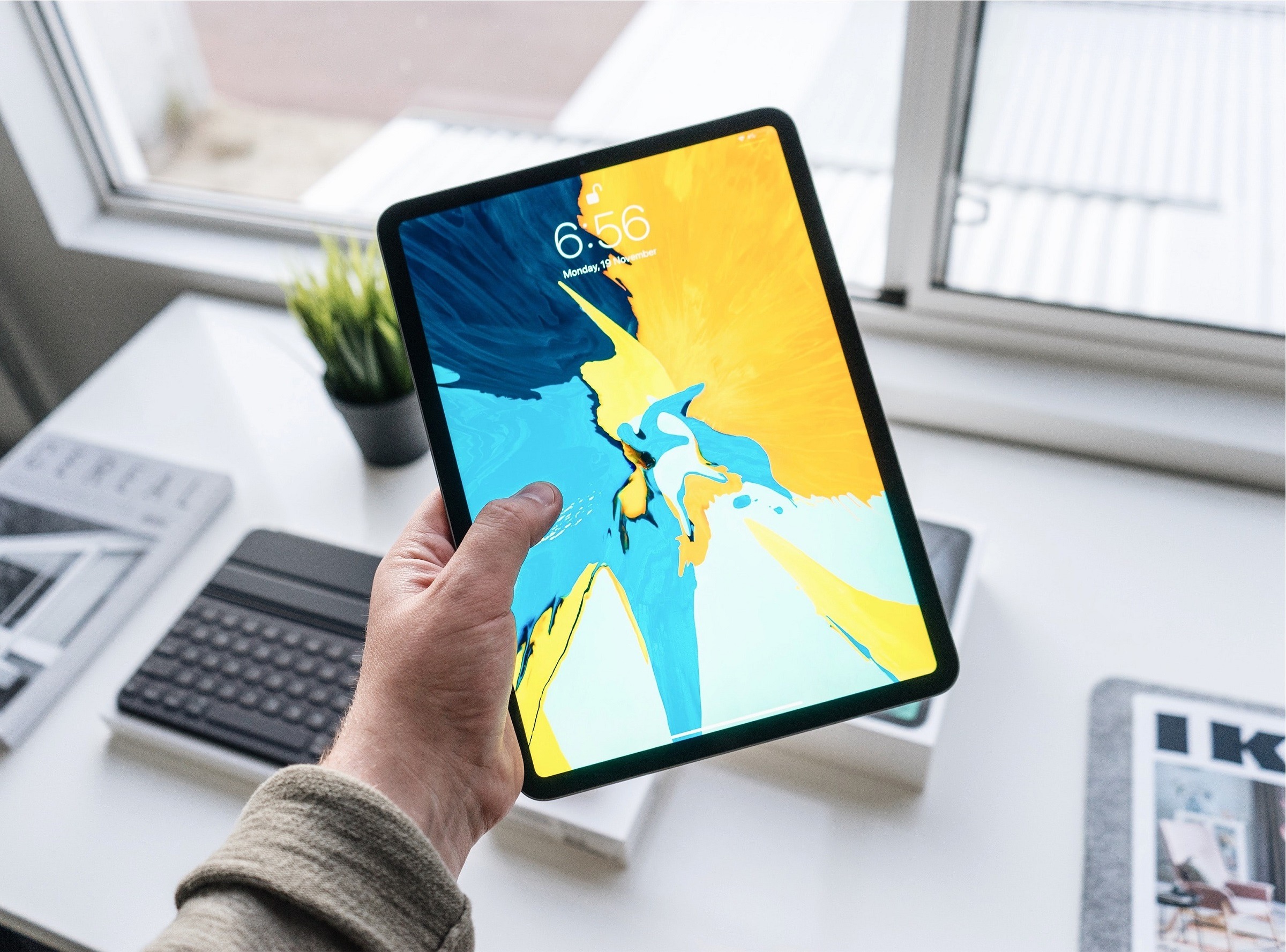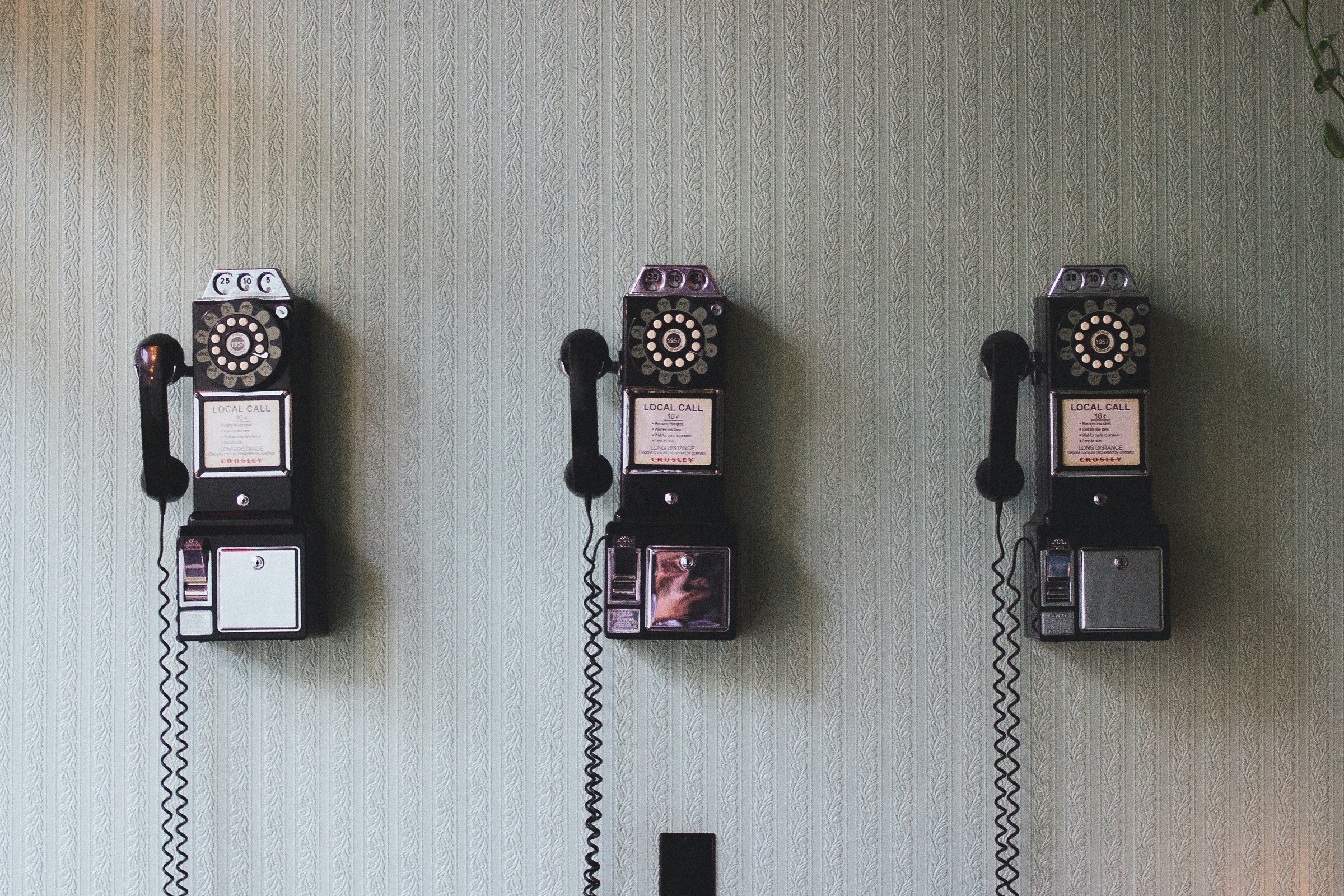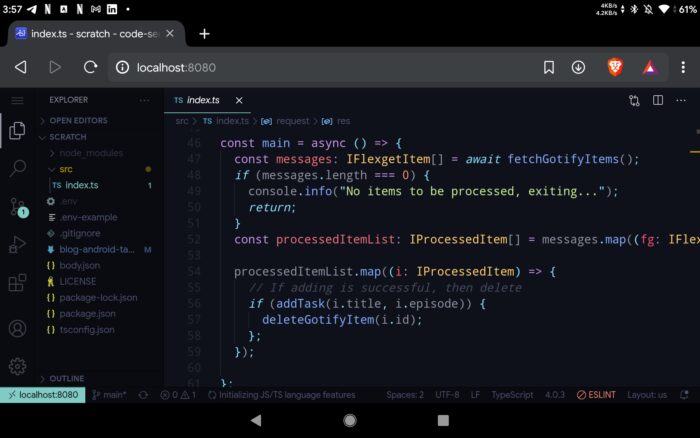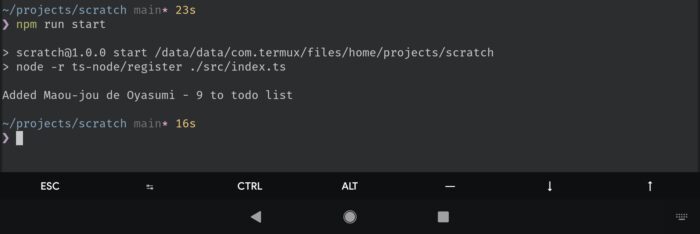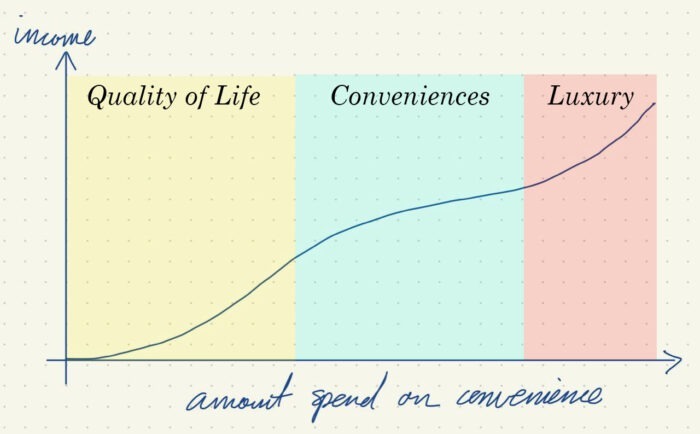Last Friday was my last day at MyCareersFuture team. I have learned way more things than I can keep count of, but here are some lessons that the team have taught me over the course of my stay.
I was able to come up with this list is because I have failed these items in one way or another and had these flaws unearthed from the depths of my shame; but hey, at least there are 10 things that I’m slowly getting better at. /shrug
- Give space for others to speak
- A silent room doesn’t necessary require you to fill it up
- People need some time to process speech and ideas
- Especially for important topics, people don’t want to come across as mindless so it’s normal for the pace to slow down
- Prompt for response instead of glossing over and moving on
- Know your audience, change your approach accordingly
- e.g. for some vendors, instruct instead of prompting
- Don’t be quick to judge others (i.e. Practicing mindful openness)
- it could be an idea or their behavior
- 99.99% of people do not work with the intention to harm, if they do something that opposes you, consider what are the factors that pushes them to the action
- Be mindfully aware of the Curse of knowledge bias
- don’t assume everyone has the same context as you, it doesn’t hurt to spare a few seconds to check at the beginning of each discussion
- this is true even if you are working on the same task together
- The 7 elements of a complete request; we often make an inco
mplete request, which explains why many requests are often not fulfilled to satisfaction - Don’t be afraid to speak up; even if you think you might be wrong
- raise your concerns if there’s anything that damages the team or product
- Don’t be afraid to be wrong; but do your own due diligence
- Don’t be afraid of admitting that you’re wrong; i.e. growth vs fixed mindset
- Don’t punish others for being wrong; this is where learning happens. (podcast – rethinking your position: "that was wonderful! I was wrong" )
- Opening discussions to anyone who is interested instead of selected few
- helps build feeling of inclusiveness
- helps people to take ownership of decisions made
It has been a great 15 months learning and growing with the team and I’m glad to have been a part of this amazing journey. 🎉




